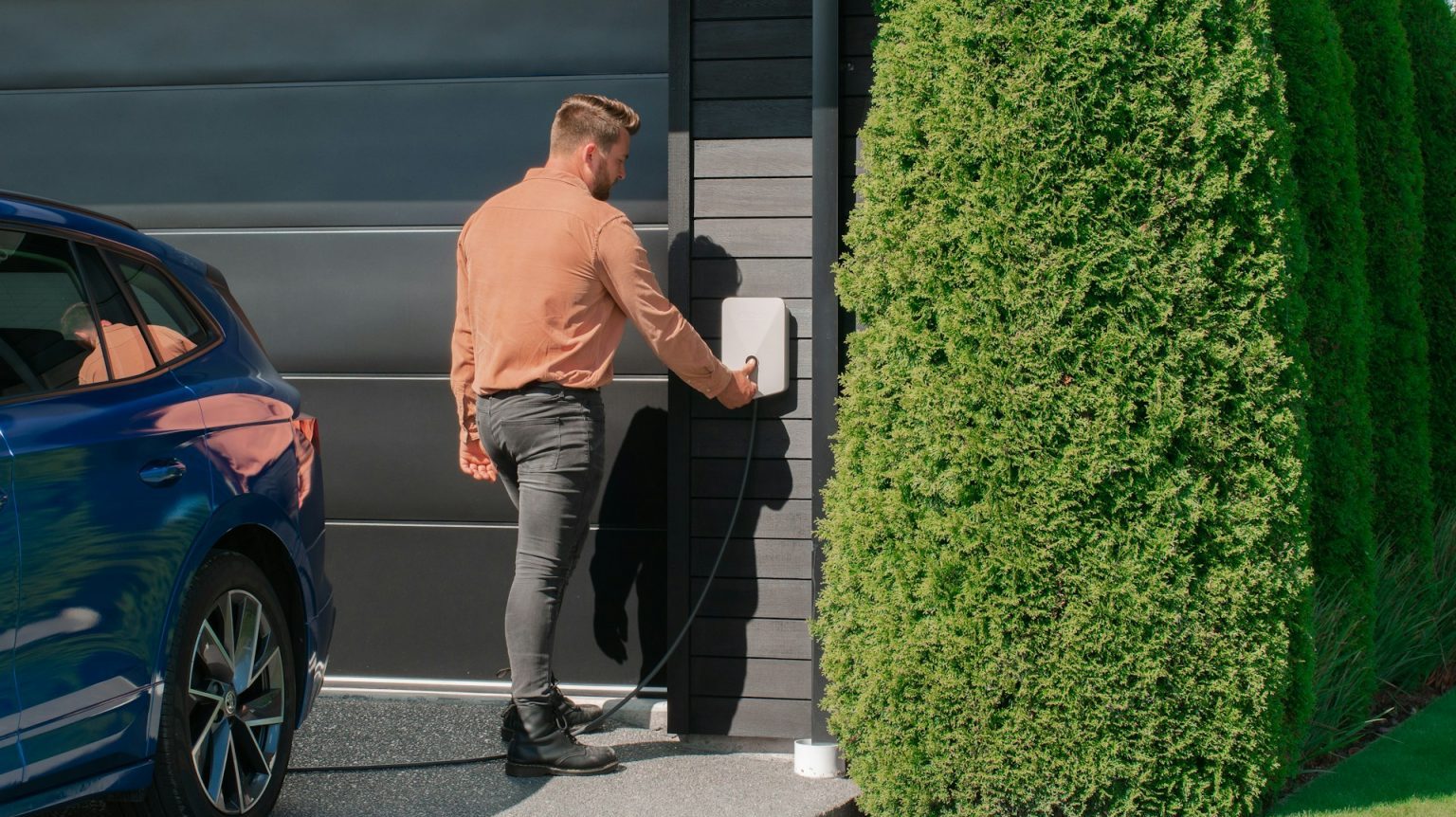US hits 180 GW of solar power. Here’s how we get to 1,000 by 2035.

- Today, the US generates 4% of its electricity from solar.
- The country hopes to increase that to 30–50% by 2035 and achieve a completely decarbonized energy sector by 2050.
- Based on current trends, the path to 100% clean energy will be possible through improved efficiency, increased reliability, and reformed bureaucracy.
This article is an installment of Future Explored, Freethink’s weekly guide to world-changing technology. You can get stories like this one straight to your inbox every Saturday morning by subscribing here.
It’s 2035. The sun rises, and you wake up refreshed after eight hours of uninterrupted sleep. You slept like a baby, knowing that the morning light would soon be powering up a world driven by clean, zero-emissions solar power.
The rise of solar power
Today, the US generates just 4% of its electricity from solar, but the renewable resource is on the rise — since 2016, the number of solar installations in the nation has increased fivefold.
The US hopes to continue this momentum, reaching the point that solar provides 30-50% of America’s electricity in ten years, as a milestone on the path to a completely decarbonized energy sector by 2050.
To find out how we could get there, let’s take a quick look at the history of solar in the US and the trends that could lead us into our sun-powered future.
Where we’ve been
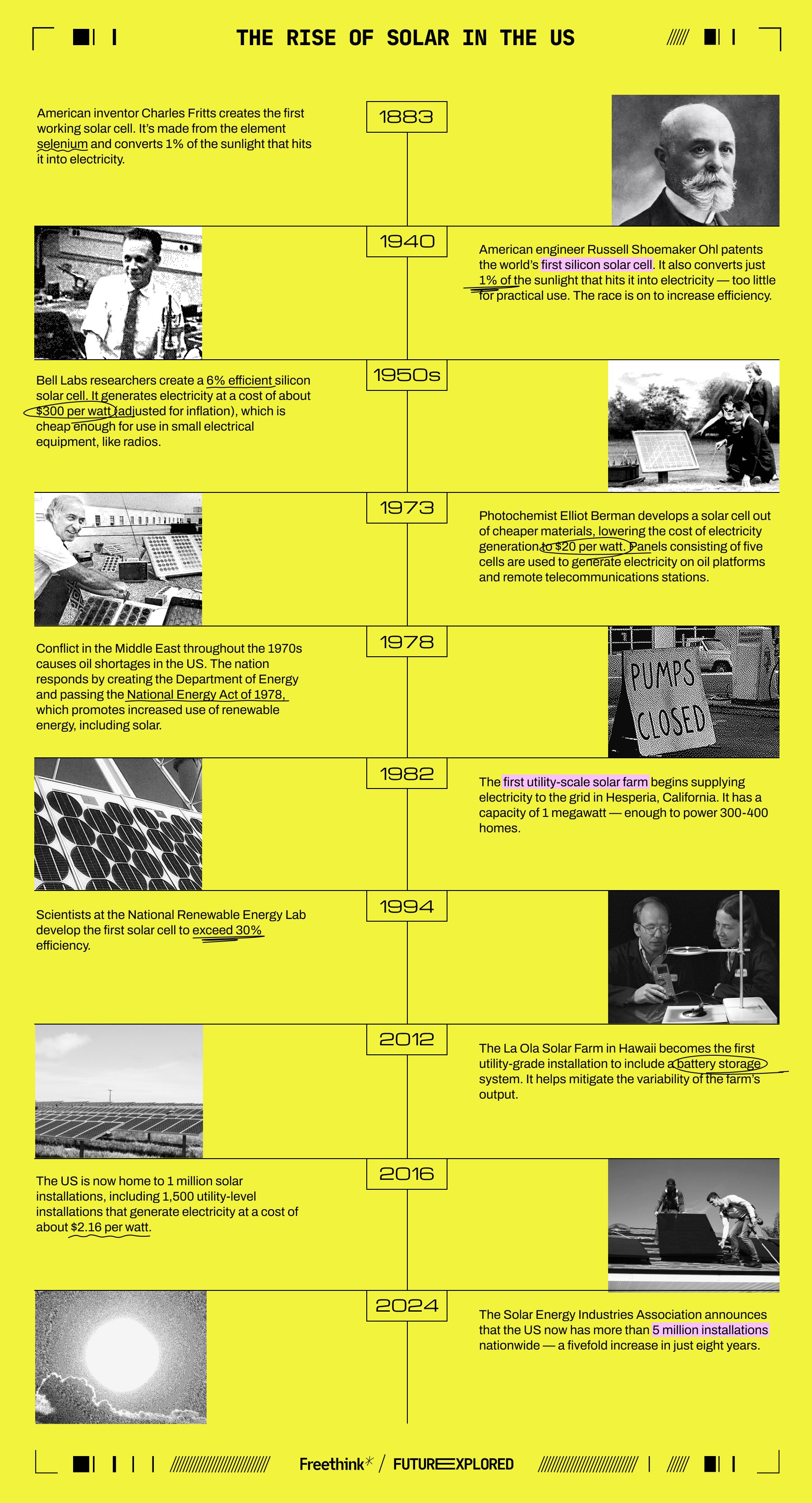
Where we’re going (maybe)
Collectively, the US’s 5 million solar installations can generate more than 179 gigawatts (GW) of electricity. Based on current trends, the SEIA claims that the US’s total solar capacity will soar to 673 GW by 2034, providing enough electricity to power 100 million homes.
The US will likely need to do better than that to meet the Biden Administration’s goal of 100% clean electricity by 2035, though. To decarbonize the grid by then, the Department of Energy (DoE) expects we’ll need as much as 1 terawatt (1,000 GWs) of solar capacity, enough for solar to meet 30-50% of the US’s electricity demand by itself.
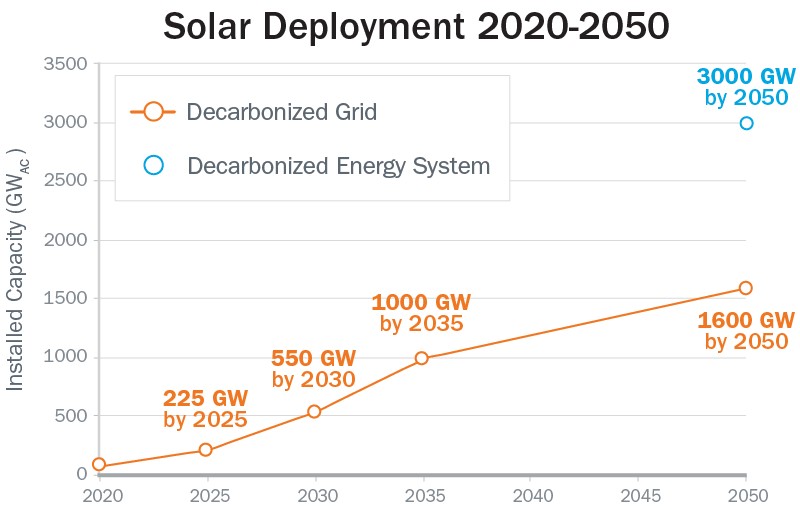
So, how do we get there?
Improve efficiency
While it’d be nice to think the recent surge in solar installations is driven entirely by Americans’ desire to stop climate change, the reality is that it probably has more to do with economics than environmentalism: solar is simply the cheapest energy option now.
“When you look at the cost trajectory, it’s incredible,” Jan Rosenow, director of European programs at the Regulatory Assistance Project, an NGO focused on the clean energy transition, told Freethink.
Improvements in solar tech have been a primary driver of cost reductions — as solar panels became more efficient at converting sunlight into electricity, the per-watt cost of solar power fell.
Earlier this year, the DoE announced a $20 million funding opportunity for researchers with ideas for improving solar cell performance, and by continuing to invest in photovoltaic R&D, the US could facilitate tech breakthroughs that lower the cost of solar further.
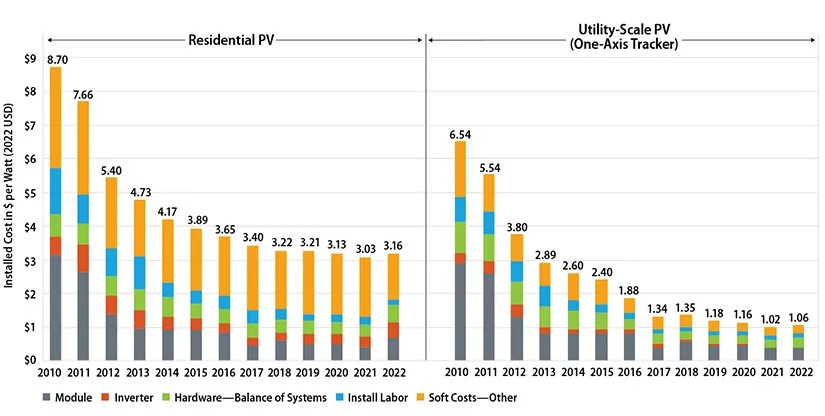
Increase reliability
Solar is cleaner and cheaper than fossil fuels, but it can’t compete with coal and natural gas in terms of reliability — we can burn those any time we need electricity (“dispatchable” sources), but we can’t force the sun to shine 24/7, 365 days a year.
We can store excess solar power during the day in batteries to use after the sun sets, but the lithium-ion batteries currently used at some solar farms can only hold a charge for a few days or at most weeks, meaning we can’t use them to account for seasonal variations in sunlight. They’re also expensive and degrade over time.
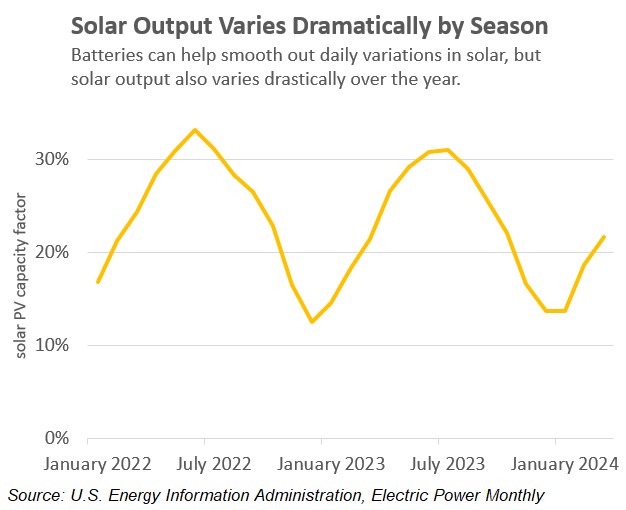
Lithium-ion batteries aren’t the only option for solar storage, though, and in 2024, the DoE plans to open the Grid Storage Launchpad (GSL), a $75 million R&D facility focused on exploring alternatives for storing excess solar and wind power, which could include flow batteries, thermal batteries, and even new kinds of batteries made with the help of AI.
“The Grid Storage Launchpad facility will bring together researchers and industry from around the country to modernize and add flexibility to the power grid, advance storage technologies, and boost use of clean energy,” said Secretary of Energy Jennifer M. Granholm.

Cut the red tape
Efficient, reliable solar tech is no use to anyone if it never leaves the lab, and right now, the process of securing approval to deploy a solar power system can be time-consuming and complicated.
Permitting reform at all levels of government can help address this for homeowners looking to install residential solar units, as can technologies like SolarAPP+, an automated permitting platform developed by the DoE’s National Renewable Energy Laboratory.
Securing approval to build a solar farm and connect it to the existing electric grid can be even more challenging, but permitting reform can help there, too — the Council on Environmental Quality, for example, just updated the National Environmental Policy Act to make it easier for solar developers to complete environmental reviews for projects.
“These rules implement both time and page limits for environmental reviews and authorize the agencies to take a more collaborative approach to the permitting process … The rules should also prevent lengthy reviews for lower impact infrastructure projects, freeing up valuable agency resources,” said Abigail Ross Hopper, president and CEO of the SEIA.
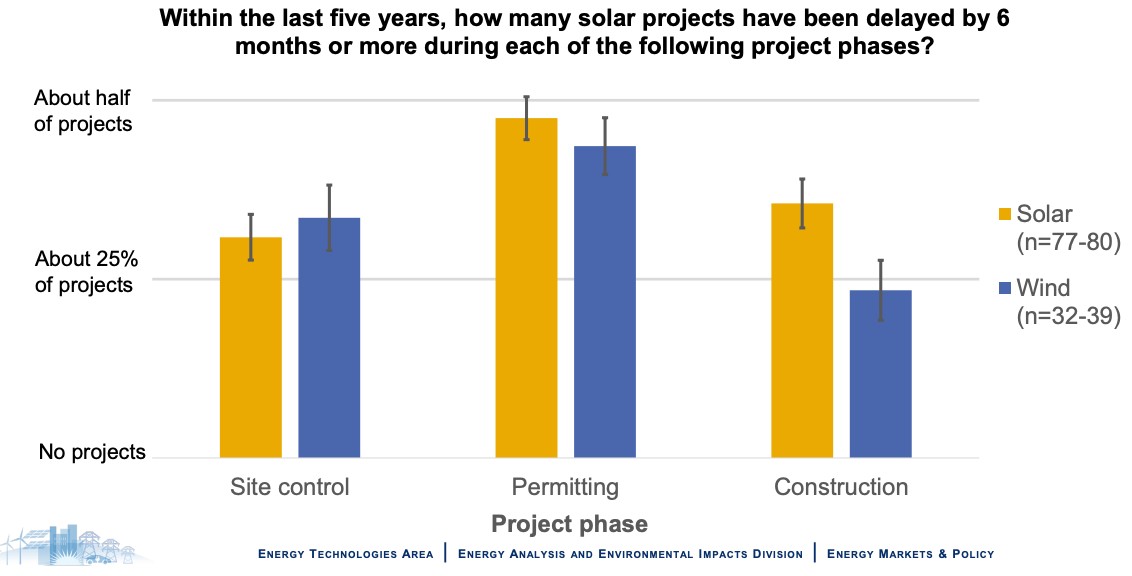
Get on the same page
One of the biggest hurdles between the US and its goal of 100% clean electricity by 2035 is the fact that the fossil fuel industry is actively working to prevent the deployment of solar power and other forms of renewable energy.
“We’re building more solar than most people realize, but not fast enough to catch up with the physics of climate change,” Bill McKibben, author and climate activist, told Freethink. “It’s possible — technologically and financially — but the ongoing opposition of the fossil fuel industry slows everything down.”
Some of this opposition is policy-focused — in 2022, the fossil fuel industry spent $124.4 million on lobbying, often with the goal of preventing legislation that would help grow the solar industry — but oil companies have also been linked to misinformation campaigns designed to get private citizens to oppose proposed renewable energy projects in their communities.
Despite this, the share of electricity that’s generated by fossil fuels in the US (especially coal) is decreasing, while solar and other sources of clean energy are on the rise — suggesting that the fossil fuel industry’s efforts may only be slowing the transition, not stopping it.
The mission now? Accelerate the adoption of solar and other clean energy sources, such as wind, nuclear, and geothermal, by innovating to overcome obstacles, supporting policies that advance their deployment, and promoting accurate information in our communities.
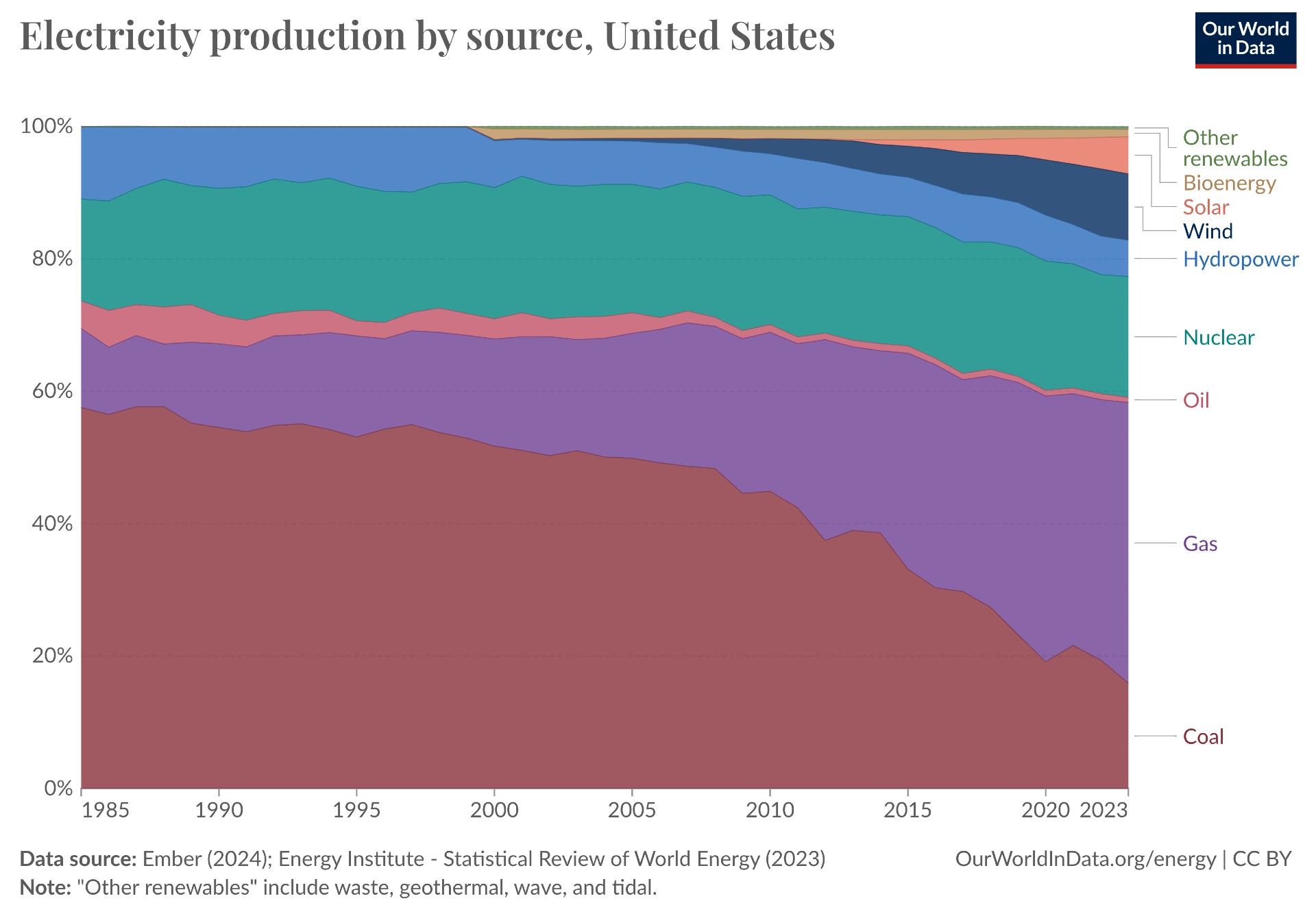
This article was originally published by our sister site, Freethink.




